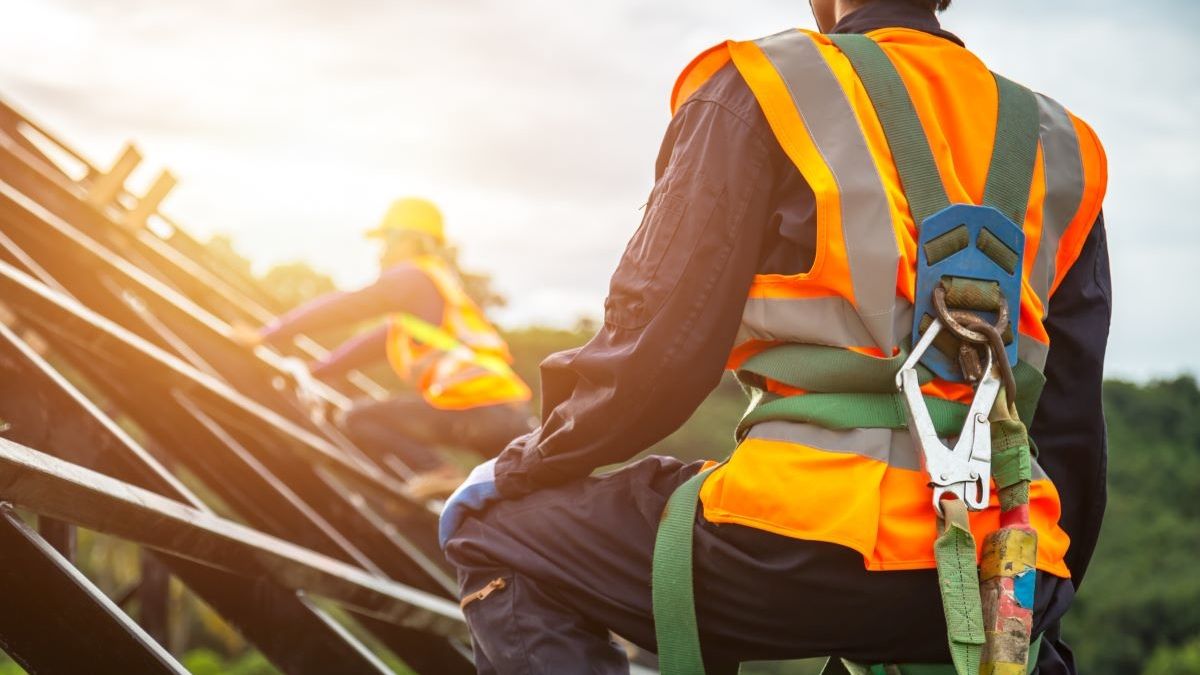

Articles
How To Climb A Steep Roof
Modified: January 8, 2024
Learn valuable tips and techniques with our articles on how to safely and effectively climb a steep roof. Master your roofing skills today!
(Many of the links in this article redirect to a specific reviewed product. Your purchase of these products through affiliate links helps to generate commission for Storables.com, at no extra cost. Learn more)
Introduction
Climbing a steep roof can be a daunting task, but with the right techniques and safety measures, it can be done safely and effectively. Whether you’re a professional roofer or a homeowner looking to carry out some repairs or maintenance, it’s important to approach the climb with caution and proper planning.
In this article, we will guide you through the process of climbing a steep roof step by step. We’ll start by explaining how to assess the roof and plan your approach, and then we’ll cover the tools and equipment you’ll need for the job. Additionally, we’ll discuss the crucial safety measures that should be taken to minimize the risk of accidents and injuries.
Once you’re well-prepared and equipped, we’ll dive into the actual climbing techniques that will allow you to navigate the steep roof efficiently. We’ll also provide tips on how to handle potential obstacles that you may encounter while on the roof. Lastly, we’ll cover the safe methods for descending from a steep roof when the task is complete.
By the end of this article, you’ll have a comprehensive understanding of how to climb a steep roof confidently and safely. Whether you’re a seasoned professional or a beginner, these tips and techniques will help you tackle any roofing project with greater ease and efficiency.
Key Takeaways:
- Climbing a steep roof requires thorough assessment, proper planning, and gathering essential tools and safety equipment. Prioritizing safety and employing correct techniques are crucial for a successful and safe climb.
- Navigating obstacles and descending safely from a steep roof demand careful movements, controlled pace, and maintaining three points of contact. Prioritizing safety, patience, and communication ensures a secure descent.
Read more: How To Work On A Steep Roof
Assessing the Roof and Planning
Before you begin climbing a steep roof, it’s important to assess the condition of the roof and plan your approach accordingly. This will help you determine the best course of action and ensure that you have all the necessary tools and materials.
Start by examining the roof from the ground and take note of any visible damage, such as missing shingles, cracks, or sagging areas. Look for potential hazards such as power lines, trees, or other obstacles that may affect your access to the roof. It’s essential to address any issues before climbing to avoid accidents and further damage.
Next, determine the slope of the roof. Steep roofs are generally defined as having a pitch greater than 6:12 (meaning for every 12 units horizontal, the roof rises 6 units vertically). If the roof slope exceeds this threshold, special care and equipment will be needed for a safe climb.
Consider the weather conditions as well. Climbing a steep roof should ideally be done on a clear and dry day. Avoid climbing when it’s raining, snowing, or if the roof is wet or icy, as it significantly increases the risk of slipping and falling.
Once you have assessed the roof and the surrounding conditions, plan your approach carefully. Determine the best access point to the roof and ensure there is a sturdy and reliable ladder or scaffold in place. Consider the path you will take on the roof to reach your target area, taking into account any potential obstacles or hazards.
If necessary, mark your path with chalk or tape to create a visual guide to follow. This will help you stay focused and navigate the roof more safely and efficiently. Also, determine whether you will need any additional tools or equipment, such as safety harnesses, non-slip footwear, or roof jacks, to aid in your climb.
By thoroughly assessing the roof and planning your approach, you’ll be better prepared for the climb and minimize the risks involved. Taking the time to evaluate the roof’s condition, slope, and surrounding environment will help ensure a successful and safe climbing experience.
Gathering the Necessary Tools and Equipment
When preparing to climb a steep roof, it’s essential to have the appropriate tools and equipment to ensure your safety and efficiency. Here’s a list of essential items to gather before you start the climb:
- Ladder: Choose a ladder that is sturdy, tall enough to reach the roof, and has non-slip feet. Consider using extension ladders for taller roofs.
- Harness and Safety Equipment: Invest in a quality safety harness that is designed specifically for roofing work. This will help prevent falls and keep you secure while on the roof. Don’t forget additional safety equipment such as hard hats, gloves, and non-slip footwear.
- Roofing Tools: Depending on the task you’ll be performing on the roof, gather the necessary tools such as roofing nails, a hammer, a utility knife, a pry bar, and a roofing shovel. These tools will allow you to make repairs, remove damaged materials, or carry out maintenance work.
- Roofing Materials: If you’re planning on replacing damaged shingles or performing repairs, gather the appropriate roofing materials in advance. This may include shingles, underlayment, adhesives, flashing, and roofing cement.
- Safety Rope and Anchors: Consider using a safety rope and anchors as an additional safety measure. Anchor the rope to a secure point on the roof and attach it to your safety harness to prevent falls.
- Personal Protective Equipment (PPE): Along with the safety equipment mentioned earlier, make sure to wear eye protection, ear protection, and a mask if needed, to protect yourself from debris, noise, and dust.
- Communication Device: Have a mobile phone or a walkie-talkie with you to stay connected with someone on the ground who can provide assistance or call for help in case of emergencies.
Before you start your climb, check that all the tools and equipment are in good working condition and properly stored in a secure tool bag or bucket. It’s important to have easy access to your tools while on the roof.
Gathering the necessary tools and equipment ensures that you are properly equipped to handle the job and enhances your safety while working on a steep roof.
Ensuring Safety Measures
When it comes to climbing a steep roof, safety should always be the top priority. Taking proper safety measures will minimize the risk of accidents and injuries. Here are some important safety precautions to follow:
- Use a Safety Harness: Always wear a safety harness that is properly fitted and secured when climbing a steep roof. The harness should be attached to a secure anchor point on the roof to prevent falls.
- Have a Spotter: Have someone on the ground who can keep an eye on you while you’re on the roof. They can provide assistance, communicate any potential hazards, and call for help if needed.
- Maintain 3 Points of Contact: Whenever possible, maintain three points of contact with the roof while climbing or moving around. This means having two feet and one hand, or two hands and one foot, on the roof at all times to ensure stability.
- Watch Your Step: Be cautious of where you place your feet on the roof. Look out for slippery or unstable areas, loose shingles, or other hazardous spots that could cause you to slip or lose balance.
- Secure Ladder Properly: Make sure your ladder is securely positioned and anchored before climbing. The ladder should be angled properly and have a stable base, preferably with non-slip feet.
- Maintain a Clear Workspace: Clear debris, tools, and other obstacles from the roof before you begin climbing. A clutter-free workspace reduces the chances of tripping or losing balance.
- Avoid Roof Access in Poor Conditions: Avoid climbing a steep roof when it’s wet, icy, or during strong winds. These conditions increase the risk of accidents and make it harder to maintain grip and stability.
- Stay Hydrated and Take Breaks: Roof work can be physically demanding, so make sure to stay hydrated and take regular breaks to rest and recharge.
- Be Mindful of Electrical Hazards: Take note of nearby power lines or electrical equipment on the roof. Maintain a safe distance and avoid contact to prevent electric shocks or other accidents.
- Follow Local Safety Regulations: Familiarize yourself with local safety regulations and guidelines for working on roofs. These regulations may vary depending on your location and can provide additional safety recommendations.
Remember, your safety is paramount when climbing a steep roof. Always exercise caution, follow safety protocols, and seek professional assistance if you feel unsure or uncomfortable with any aspect of the climb.
Starting the Climb
Once you have assessed the roof, planned your approach, and gathered the necessary tools and equipment, it’s time to begin the climb. Follow these steps to safely start your ascent:
- Double-Check Your Safety Equipment: Before you start climbing, ensure that your safety harness is properly secured and that all other safety equipment is in place. Double-check that your ladder is stable and anchored securely to the ground.
- Position the Ladder Correctly: Place the ladder at the access point you have determined during the planning stage. Ensure that the ladder is leaning against a stable and secure part of the roof. Use ladder stabilizers or place the ladder on a flat and level surface, if necessary.
- Test the Ladder: Before placing your weight on the ladder, give it a gentle shake to ensure that it is firmly in place. Test each step to make sure they are secure and can support your weight.
- Climb Slowly and Carefully: Ascend the ladder one step at a time, maintaining three points of contact at all times. Keep your body close to the ladder and avoid reaching or overextending.
- Use Handholds and Footing: Look for secure handholds or sturdy areas on the roof to grip onto as you transition from the ladder to the roof. Use your feet to locate solid footing on the roof before fully releasing your grasp on the ladder.
- Transfer Tools and Equipment Safely: If you need to bring tools or equipment onto the roof, use a secure belt or tool bag to transport them. Avoid carrying items with your hands while climbing, as this could compromise your balance and stability.
- Stay Focused and Maintain Balance: As you move from the ladder onto the roof, stay focused on your footing and maintain a balanced position. Keep your center of gravity low and evenly distributed to enhance stability.
- Take Breaks if Necessary: If you feel fatigued or uneasy, take breaks at safe and stable areas on the roof. This will allow you to rest, regain your balance, and assess your surroundings.
Starting the climb is a critical phase, and it’s important to take it slow and steady. Maintain constant awareness of your surroundings and be mindful of potential hazards or changes in the roof’s condition.
Remember to always prioritize safety and take the necessary precautions to prevent accidents while transitioning from the ladder to the roof.
Always use a safety harness and rope when climbing a steep roof. This will help prevent falls and ensure your safety while working at heights.
Read more: How To Clean Gutters On A Steep Roof
Techniques for Climbing a Steep Roof
When climbing a steep roof, employing proper techniques is crucial to ensure both your safety and efficiency. Here are some techniques to keep in mind:
- Maintain Three Points of Contact: As mentioned earlier, always strive to have three points of contact with the roof at all times. This means having two feet and one hand, or two hands and one foot, on the roof to enhance stability.
- Use Your Legs: Your legs should do most of the work when climbing a steep roof. Bend your knees and use your leg muscles to provide strength and balance, carefully moving one foot at a time.
- Move Sideways: When ascending or descending the roof, move laterally by sidestepping. This technique allows you to maintain a lower center of gravity and better control over your balance. Keep your body facing the roof to optimize stability.
- Reposition the Safety Rope: If you’re using a safety rope, periodically reposition it as you climb to ensure that it remains secured and taut. This will provide an added layer of protection in case of a slip or fall.
- Take Advantage of Roof Pitch: When climbing a steep roof, take advantage of its pitch. Use your hands to grip the shingles or other secure parts of the roof to pull yourself up. However, avoid placing all your weight on the shingles, as they may not be able to support it.
- Take Small Steps: On a steep roof, it’s important to take small and deliberate steps. This allows for better control and balance while minimizing the risk of slipping or losing stability.
- Use Roof Jacks or Toe Boards: Roof jacks or toe boards can provide additional stability and a secure surface to stand on while working on the roof. Install them to create a safer and more comfortable work area.
- Maintain a Clear Path: As you climb, ensure that the area ahead is clear of any debris or obstacles that may impede your movement. Clear away any loose materials or obstructions to create a safe path.
- Stay Aware of Your Surroundings: Continuously scan the roof for potential hazards, such as loose shingles, damaged areas, or debris. Be cautious of power lines, chimneys, and other protrusions that may pose obstacles while climbing.
- Stay Calm and Focused: Keep a calm and focused mindset throughout the climb. Avoid rushing or making sudden movements that could compromise your balance. Take breaks if needed, allowing yourself time to rest and regain your concentration.
Remember, practicing these techniques and maintaining a cautious approach will help you navigate a steep roof safely and effectively. It’s important to remain patient, pay attention to your footing, and make purposeful and controlled movements while climbing.
Navigating Obstacles on the Roof
When climbing a steep roof, you may encounter various obstacles that can affect your progress. It’s important to approach these obstacles with caution and utilize proper techniques to navigate them safely. Here are some common obstacles you might face and strategies for overcoming them:
- Chimneys and Vent Pipes: When you encounter chimneys or vent pipes on the roof, exercise caution and maintain a safe distance. Use your feet and hands to carefully maneuver around them, ensuring stability and avoiding any potential damage to the roof or the obstacle itself.
- Skylights: Skylights pose a unique challenge as they are typically made of glass or other fragile materials. Pay close attention to their location, and avoid stepping or placing heavy objects directly onto them. Instead, maneuver around them or use roofing jacks or toe boards for additional stability.
- Valleys and Ridges: Valleys and ridges present a change in the roof’s incline and often require extra care when navigating. Take small, deliberate steps and use your hands to maintain balance. Consider using additional safety equipment such as a safety harness or roof jacks for added stability.
- Gutters and Downspouts: Gutters and downspouts can be slippery and unstable. Avoid walking on them and instead step to the side of the gutter, making sure to maintain a solid footing on the roof. If necessary, use a roof ladder or place a sturdy board across the gutter to create a stable pathway.
- Dormer Windows and Roof Vents: Similar to chimneys and vent pipes, dormer windows and roof vents require careful navigation. Approach them with caution, using your hands to steady yourself as you move around them. Be mindful of any protruding parts or sharp edges that could cause injury.
- Obstructed Pathways: Sometimes, debris or other materials may obstruct your path on the roof. Clear away any obstacles before proceeding and ensure a clear and safe pathway. Exercise caution to avoid tripping or losing balance while removing debris.
- Loose or Damaged Shingles: Keep an eye out for loose or damaged shingles as you navigate the roof. Tread carefully around these areas to avoid further damage or potential slips. If necessary, use roofing cement or nails to secure any loose shingles before continuing.
- Weather Conditions: Be aware of changing weather conditions, such as strong winds or rain, which can make navigating obstacles more challenging. Consider postponing your climb if the weather poses a significant risk to your safety.
- Communication: If you’re working as part of a team, maintain open communication with your colleagues on the ground. They can provide guidance and assistance to help you navigate obstacles and ensure your safety.
By being mindful of these obstacles and employing proper techniques, you can effectively navigate them while maintaining your safety and the integrity of the roof. Take your time, assess the situation, and proceed with caution to successfully traverse any obstacles you encounter on the roof.
Descending Safely from a Steep Roof
Descending from a steep roof is a critical phase that should be approached with caution and care. Following proper techniques for a safe descent will help prevent accidents and ensure your well-being. Here are some guidelines to follow when descending from a steep roof:
- Plan Your Descent: Before you begin descending, assess the roof and plan your route down. Identify secure areas or handholds that you can use as reference points to guide your descent.
- Maintain Three Points of Contact: Just like when climbing, always strive to have three points of contact with the roof as you descend. This ensures stability and minimizes the chance of slips or falls.
- Face the Roof: Throughout the descent, face the roof and move sideways, similar to the climbing technique. This provides better balance and control over your movements.
- Use Your Legs: Your legs should bear most of the weight during the descent. Bend your knees and use your leg muscles to softly lower yourself, taking small steps at a time.
- Control Your Speed: Take your time and descend at a controlled pace. Avoid rushing or making sudden movements that could compromise your balance and stability.
- Look for Secure Handholds and Footing: As you descend, search for secure handholds or areas with solid footing. Use these as anchor points and support as you carefully move down the roof.
- Be Mindful of Loose Shingles or Debris: Watch out for loose shingles or debris that could potentially cause slips or falls. Clear away any obstacles in your path before proceeding with the descent to ensure a safe journey down.
- Make Use of Roof Jacks or Ladder Stabilizers: Roof jacks or ladder stabilizers can aid in a safe descent, providing additional stability and support. Utilize them as necessary to enhance safety during the process.
- Communicate with Your Spotter: If you have someone on the ground acting as a spotter, maintain open communication with them throughout the descent. They can provide guidance and assistance if needed.
- Descend in Daylight or Adequate Lighting: Whenever possible, perform the descent during daylight hours or ensure there is adequate lighting to clearly see the roof and any potential hazards.
- Remove Safety Equipment Securely: Once you’re safely on the ground, remove any safety equipment, including your harness, in a controlled and secure manner. Store your equipment properly for future use.
Descending from a steep roof requires careful attention and deliberate movements. By following these techniques and taking the necessary precautions, you can safely and effectively make your way down from the roof.
Remember, your safety is of utmost importance, so take your time and proceed with caution throughout the entire descent process.
Conclusion
Climbing a steep roof may seem intimidating, but with proper planning, the right tools, and a focus on safety, it can be done successfully. By assessing the roof, gathering the necessary equipment, and implementing safety measures, you can minimize risks and ensure a smooth climbing experience.
Throughout this article, we’ve discussed important steps and techniques for climbing a steep roof. We covered how to assess the roof and plan your approach, emphasizing the importance of safety measures such as using a harness and maintaining three points of contact. We also highlighted the significance of gathering the necessary tools and equipment to ensure efficiency and safety.
Techniques for climbing a steep roof, including using your legs, moving sideways, and taking small steps, were detailed. Navigating obstacles on the roof, such as chimneys, skylights, and valleys, requires caution and strategic movement. Finally, we provided guidelines for descending safely from a steep roof, emphasizing controlled movements and maintaining three points of contact.
Remember, climbing a steep roof should always be approached with care, and if you feel uncomfortable or unequipped, it’s best to seek professional assistance. Your safety should never be compromised for the sake of completing a task.
Armed with the knowledge and techniques shared in this article, you now have a comprehensive understanding of how to climb a steep roof confidently and safely. Whether you’re a professional roofer or a homeowner undertaking a roofing project, these insights will empower you to tackle any steep roof with reduced risks and increased efficiency.
Always prioritize safety, take the necessary precautions, and maintain a cautious mindset when working at heights. With proper planning and execution, you can successfully navigate and conquer any steep roof with confidence.
Frequently Asked Questions about How To Climb A Steep Roof
Was this page helpful?
At Storables.com, we guarantee accurate and reliable information. Our content, validated by Expert Board Contributors, is crafted following stringent Editorial Policies. We're committed to providing you with well-researched, expert-backed insights for all your informational needs.
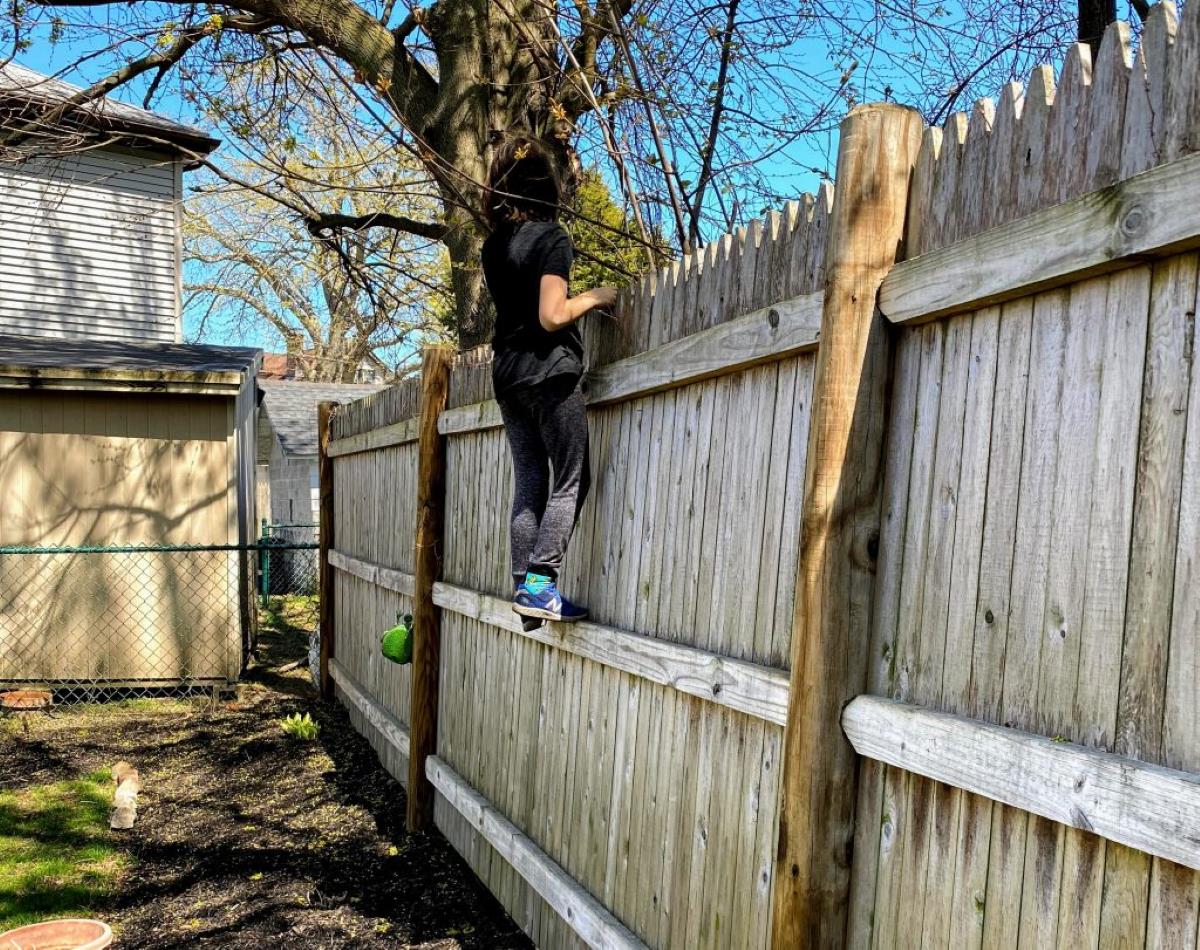

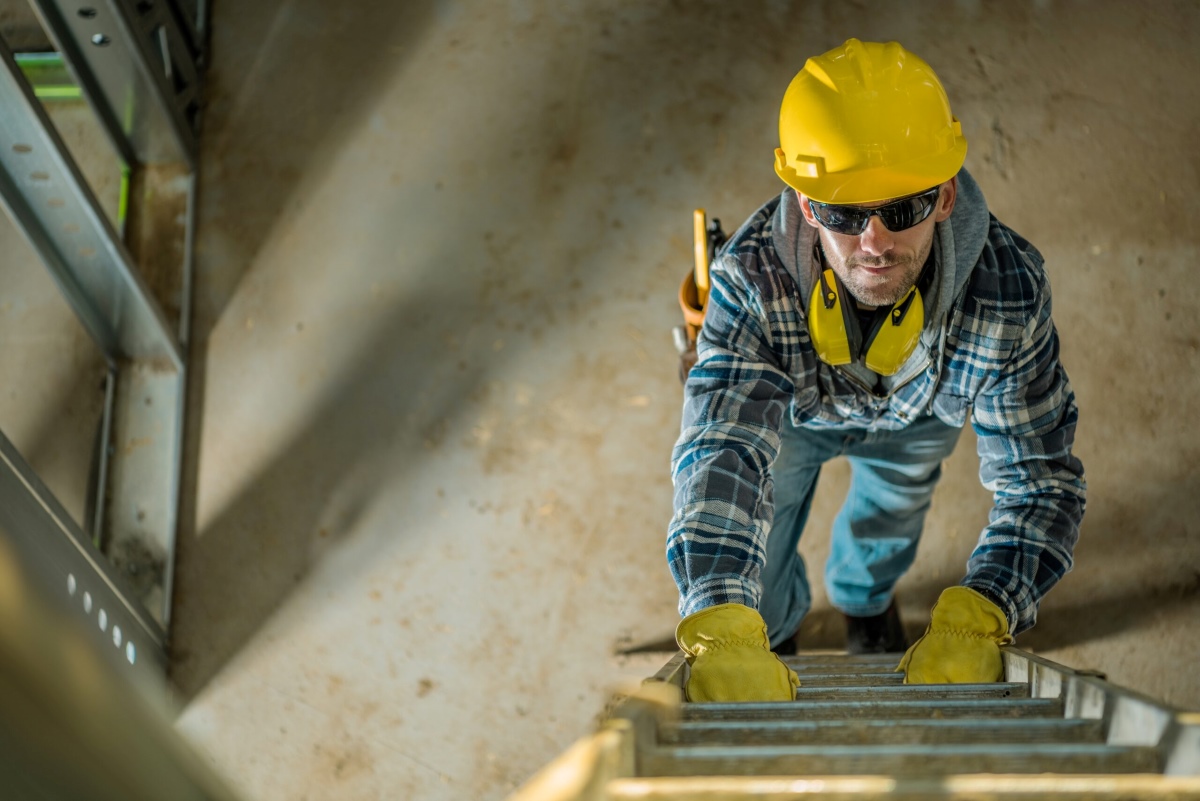




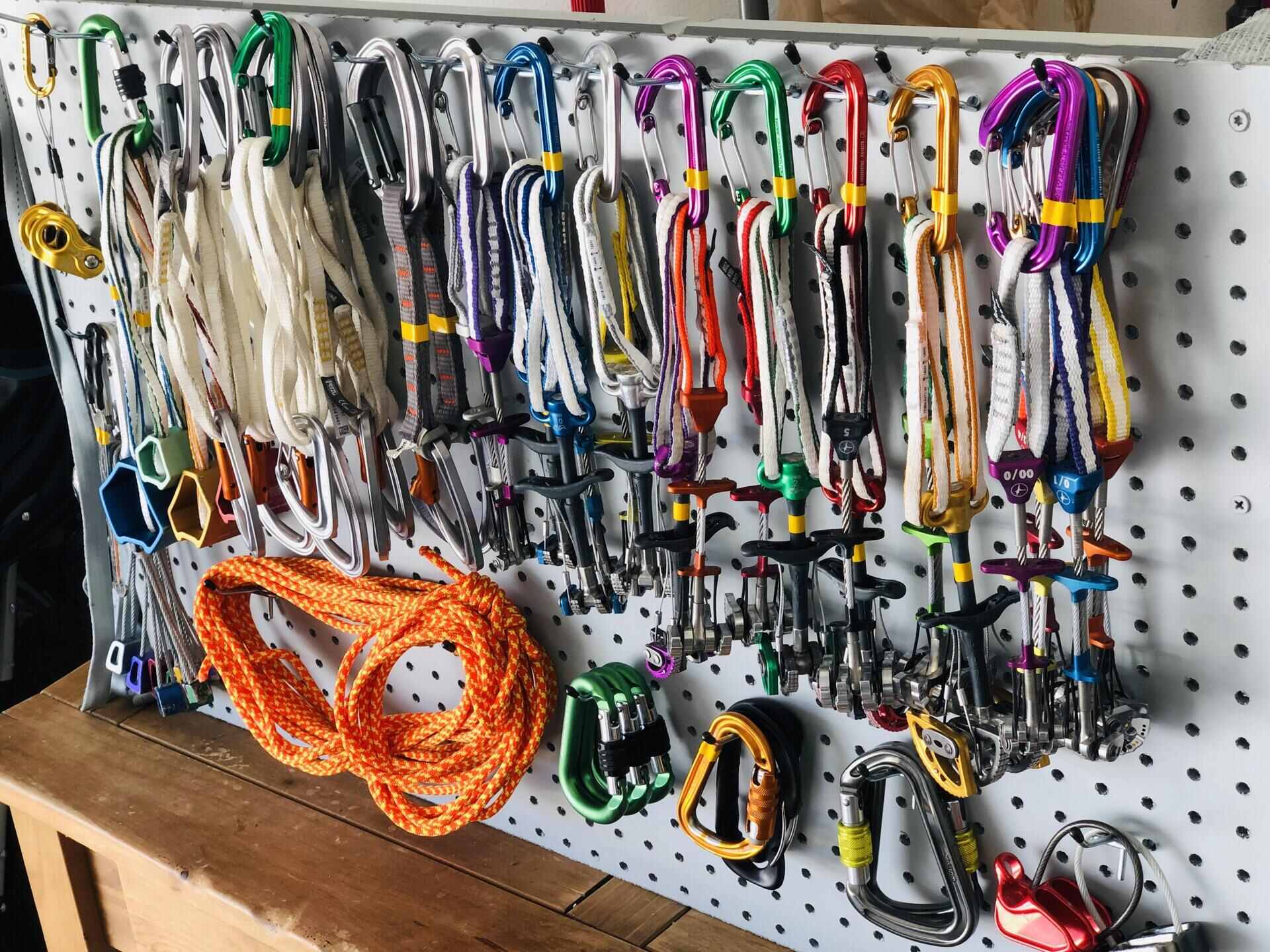
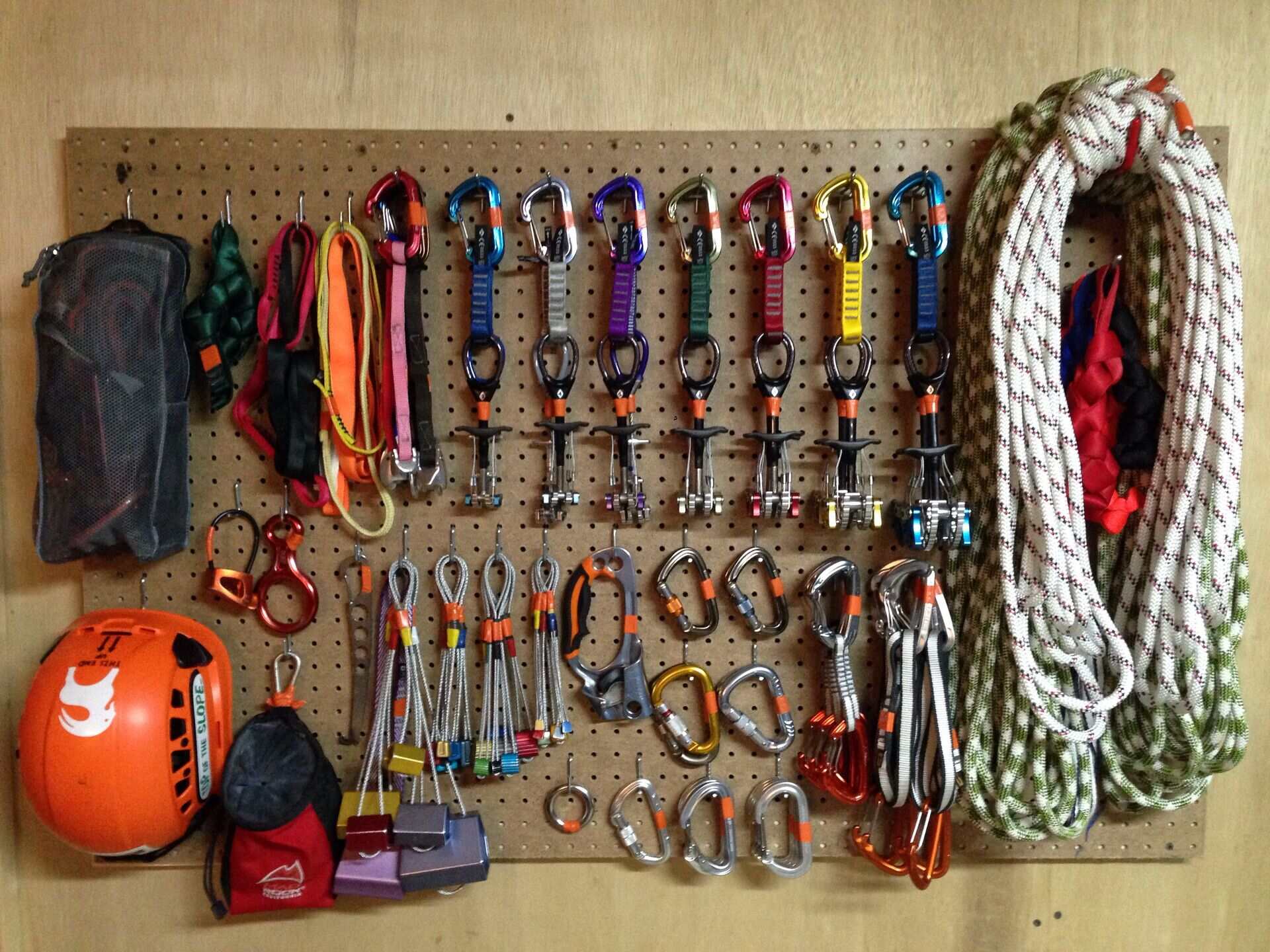
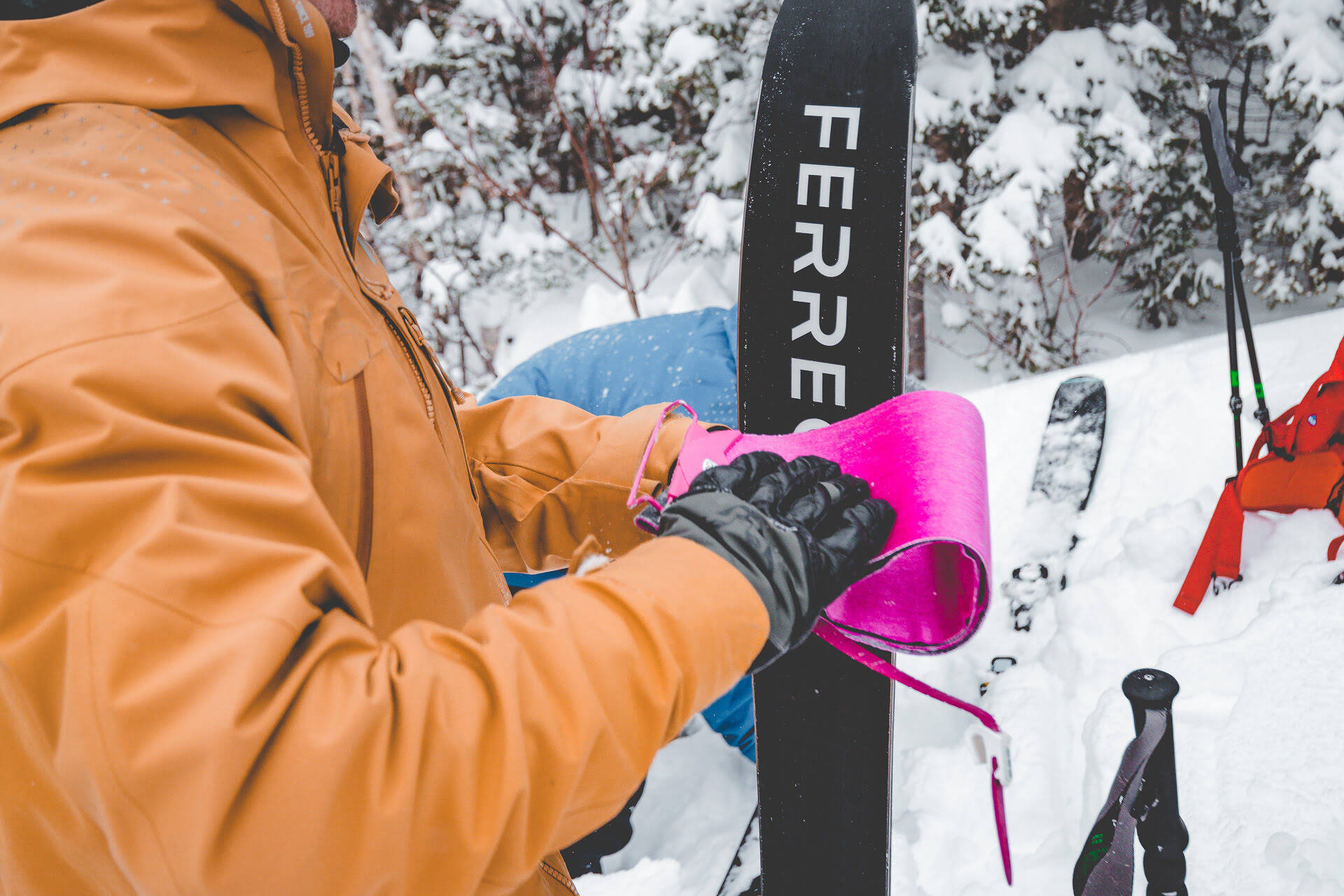
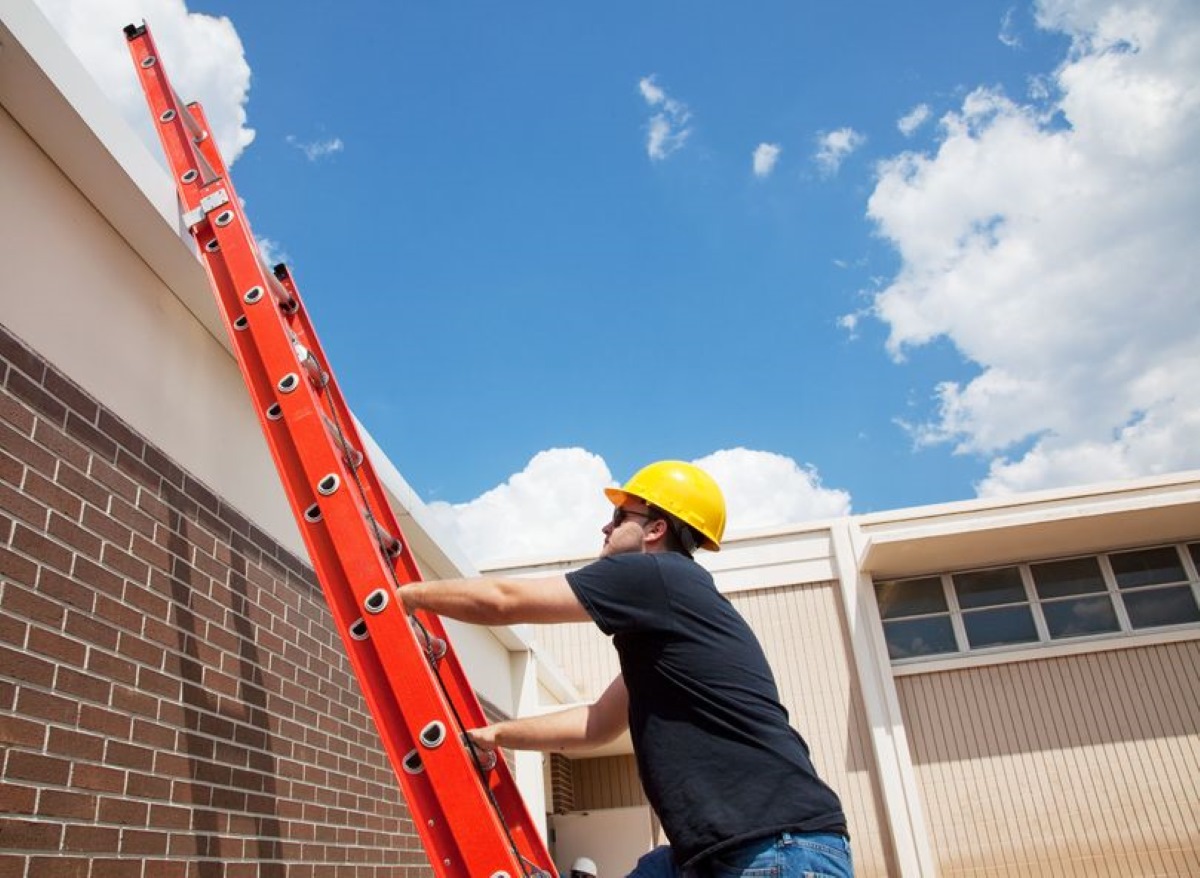


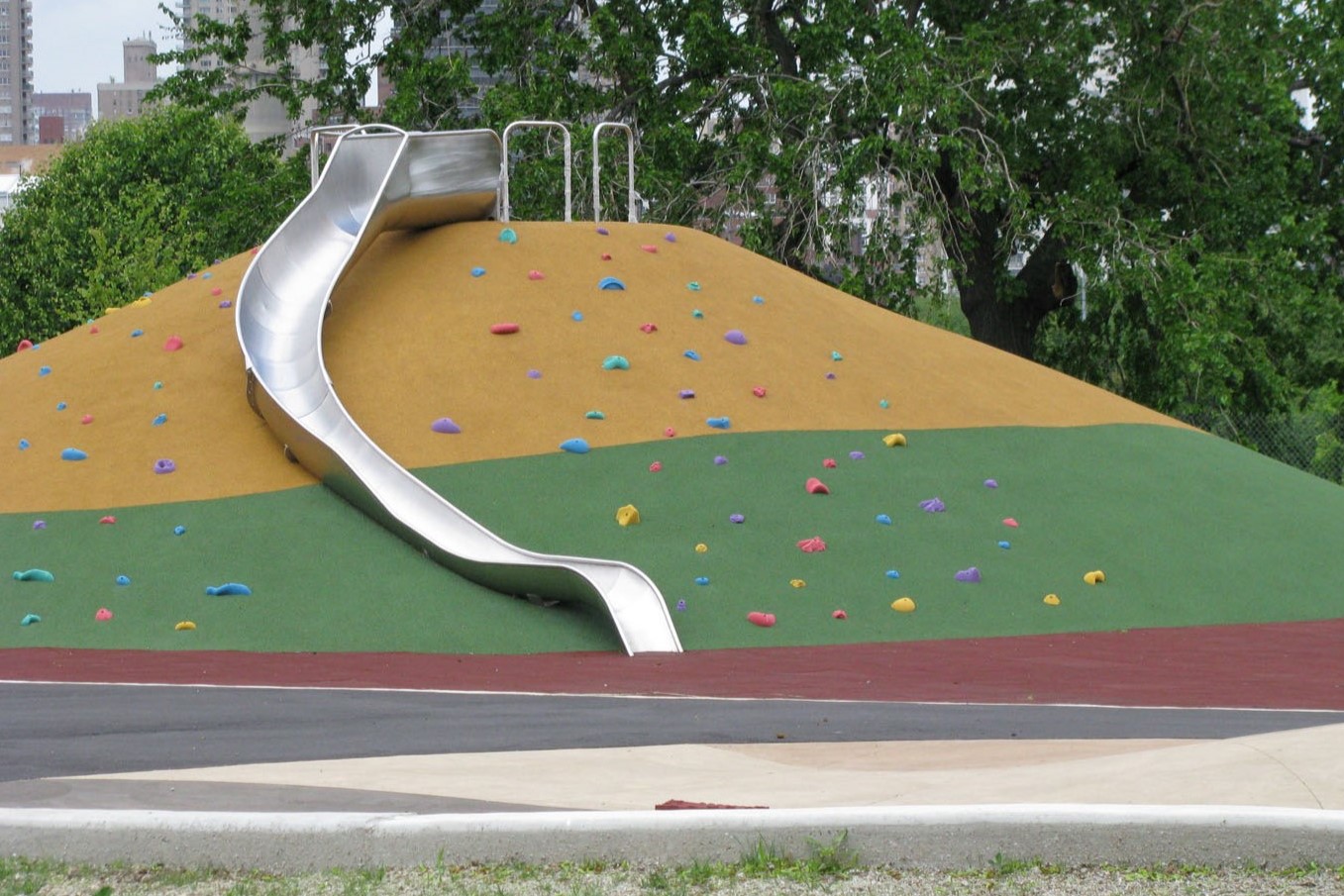

0 thoughts on “How To Climb A Steep Roof”